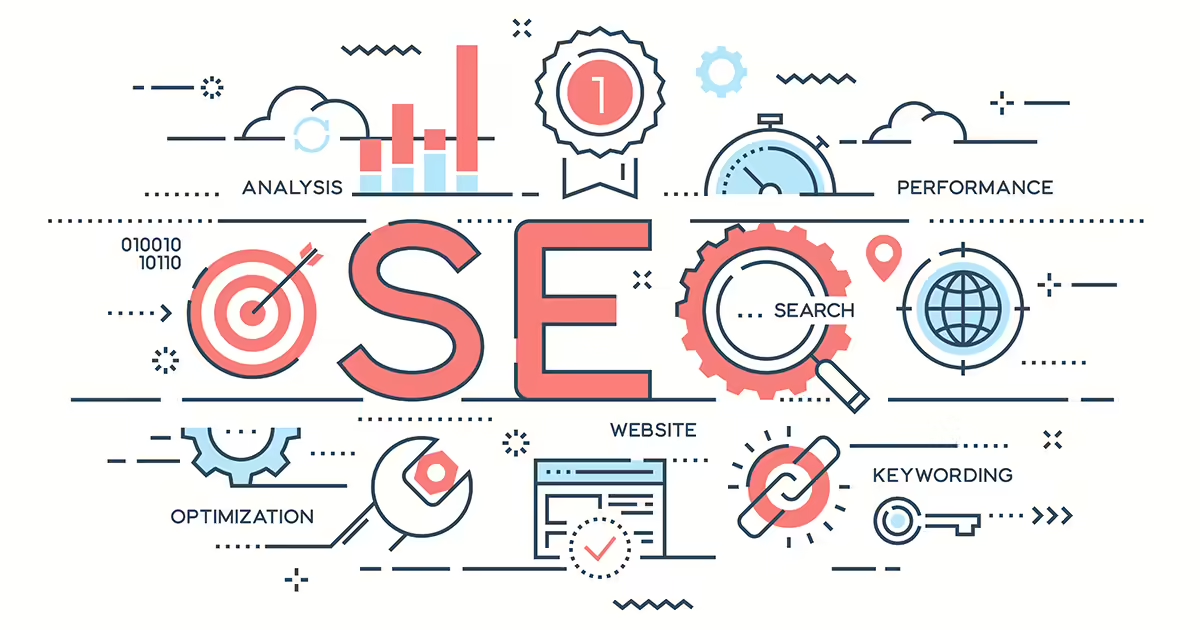Will the Amazon Echo and Google Home be the future of advertising?
Soon after the Amazon Echo and Google Home were launched to market, the question of the ability to advertise on the smart speakers quickly arose and so did consumer interest. The desire for these smart home devices is not going anywhere; in fact, it is only getting larger. According to Media Post, the smart home device market will continue to grow another 31% this year, projecting the shipping quantity to reach well over 644 million this year and 1.3 billion in 2022. Smart speakers such as Amazon Echo and Google Home are the fastest growing type of device, accounting for 100 million units this year and 231 million projected by 2022, growing 39% annually.
As an advertiser, this is a gold mine. This is a perfect way to deliver a message to your target market. It’s new, fresh, and they won’t be expecting it, or better yet, they won’t even realize they are being served an ad! But how?
Although neither Amazon or Google have begun serving ads on their smart speakers, there is a lot of speculation as to how it will be done as both companies have started testing different approaches.
1. Promoted Search Results
Companies would pay to prioritize their products when a user searched for an item by asking a question or announcing a need. This would allow the ad to be very effective because unlike other forms of advertising, only the top answers or suggestions or ads would be served to the user, according to Business Insider.
2. Targeted Searches Based on Past Shopping Behavior
This method, according to CNBC, involves both Amazon and Google prioritizing user experience by accessing all known information about the user to serve them the best and most relatable ads possible, most likely based off recent internet activity.
3. Sponsored Ads Within
According to Engadget, Both Amazon and Google’s smart speakers have features that will tell users about their day, the weather, and topline news. Placing a sponsored ad during this time, if done well, will reach the right audience similar to a native online ad.
4. Combining Traditional Media with Smart Speakers
Companies will roll out a traditional media campaign, either print or digital, however the call to action will be specific to smart home speakers. According to Digiday, Diageo has already pursued this with the print ad call to action instructing people to ask their smart homes to “send me a sample” of vegan Bailey’s Almande.
For Marketers, the question is not necessarily how but when to advertise on smart home devices? For users, the concern rests with how much of their private information is being used and sold to companies from smart speakers that listen to their day-to-day lives.



